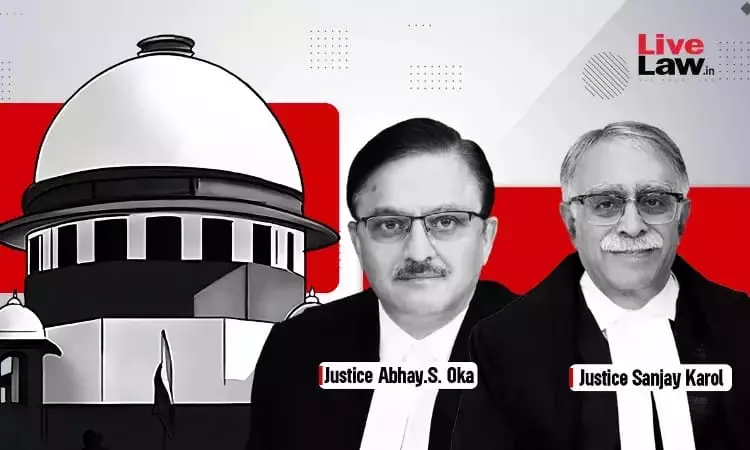The Supreme Court recently upheld the conviction and life sentence of appellants involved in a deadly conspiracy of liquor poisoning. The Court relied on the landmark case of State v. Nalini to lay down the essential constituents for proving a case of criminal conspiracy. It reaffirmed that “Where in pursuance of the agreement, the conspirators commit offenses individually, all of them will...

